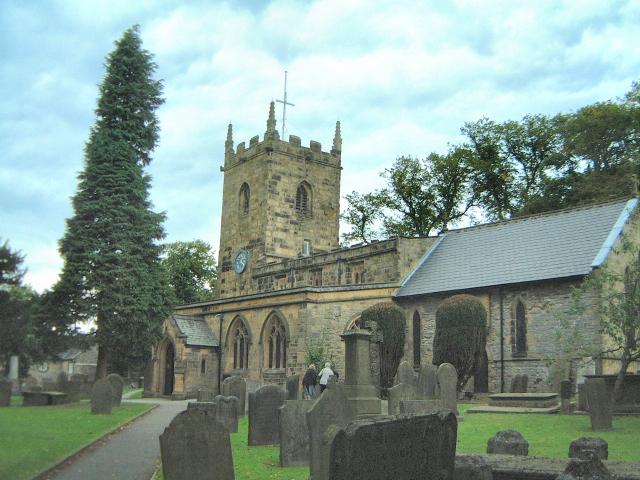Here is something to think about as you follow the news about the coronavirus outbreak.
In 1665, a tailor from the English village of Eyam received a box of materials from London. He needed the contents to make clothes for the villagers. But the box contained more than cloth; it also delivered fleas carrying the bubonic plague (https://www.nationalarchives.gov.uk/education/resources/great-plague/?).
This was the last major outbreak of plague in England. Even so, the only way people knew to stop the spread was quarantine. So the villagers chose to seal themselves off from the rest of England to avoid passing the disease to neighboring villages.
It worked, but at a very high price. Two hundred fifty-nine villagers died out of a population of 360 (http://www.places-to-go.org.uk/eyam_village.htm), but the epidemic was contained.
The village’s self-sacrifice is still remembered today. Eyam is a tourist destination, with a Plague Cottage and a museum. It’s a popular stop for educational tours (https://www.eyam-museum.org.uk/).
No one knows what will happen regarding the coronavirus. But no matter what, Eyam’s example is a good lesson for us all.

